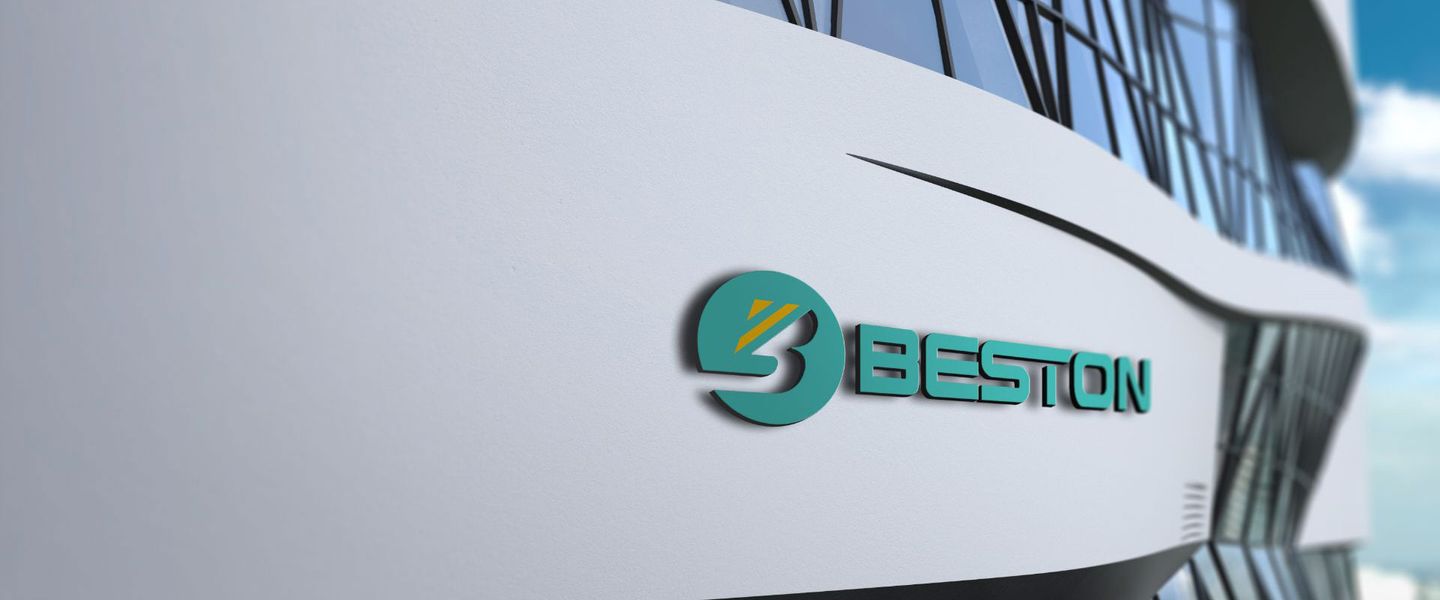

- Home
- Companies
- Beston Group Co., Ltd.
- Articles
- Advantages of Horizontal Furnace of ...
Advantages of Horizontal Furnace of Charcoal Carbonization Machine
Charcoal production is an essential process for a variety of industries, ranging from food preparation to industrial applications. One of the most crucial components in this process is the carbonization machine furnace, where biomass materials like wood, coconut shells, and rice husks are converted into charcoal. Among the different furnace designs, the horizontal main furnace is gaining attention for its distinctive advantages. This article explores why modern charcoal carbonization machines prefer the horizontal main furnace design.
1. Efficient Heat Distribution
One of the primary advantages of the horizontal main furnace is its ability to distribute heat more evenly across the materials being processed. Unlike vertical furnaces, which rely on gravity to assist the flow of heat and gas, the horizontal design provides uniform heat exposure throughout the entire chamber.
This even heat distribution ensures that all biomass materials undergo consistent and thorough carbonization, which improves the quality of the charcoal produced. Consistency is key in the production of high-quality charcoal, as it helps to avoid the formation of uncharred particles or unevenly carbonized materials that can affect the final product's texture and performance.
2. Increased Capacity and Flexibility
Horizontal furnaces typically offer a larger processing capacity compared to vertical furnaces. Because of their design, they can accommodate a larger volume of material, which is ideal for commercial-scale charcoal production. This allows for more efficient processing, meaning producers can process more raw materials in less time.
Moreover, horizontal furnaces provide greater flexibility when it comes to the types of materials that can be carbonized. Whether it's wood chips, sawdust, agricultural waste, or coconut shells, the horizontal furnace can handle a wide variety of biomass materials, making it a versatile option for businesses engaged in different forms of charcoal production.
3. Improved Efficiency in Gas Recovery
The horizontal furnace design is more efficient in terms of gas recovery. During the carbonization process, various volatile gases are released, including carbon dioxide, carbon monoxide, and methane. These gases can be captured and utilized to generate energy, further improving the overall efficiency of the system.
In horizontal furnaces, the gas flow and recovery process are optimized, reducing the loss of energy and ensuring that more of the released gases are captured and reused. This not only lowers energy costs but also reduces the environmental impact of the carbonization process, as fewer harmful emissions are released into the atmosphere.
4. Reduced Wear and Tear
The horizontal furnace design tends to experience less wear and tear compared to vertical furnaces. In vertical furnaces, gravity plays a significant role in moving materials through the system, which can lead to increased friction and abrasion over time. This can cause parts of the furnace to degrade more quickly, leading to higher maintenance costs.
In contrast, horizontal furnaces operate with a more balanced flow of materials, reducing the strain on individual components. This can extend the lifespan of the charcoal carbonization machine, lower maintenance costs, and improve overall operational reliability. For businesses focused on long-term productivity and minimal downtime, a horizontal furnace is an attractive option.
5. Better Control of Carbonization Process
Another significant benefit of the horizontal furnace is the ease with which the carbonization process can be controlled. With precise control over temperature, pressure, and the introduction of gases, operators can fine-tune the carbonization process to achieve optimal results. The design of horizontal furnaces makes it easier to maintain stable conditions throughout the entire furnace, which is crucial for producing consistent and high-quality charcoal.
Additionally, modern horizontal furnaces are often equipped with advanced monitoring and control systems that allow operators to adjust parameters in real-time. This level of control can enhance the efficiency of the operation, minimize energy consumption, and ensure that the carbonization process produces the desired type of charcoal.
6. Lower Risk of Fire Hazards
The horizontal main furnace is generally safer than vertical furnaces when it comes to managing fire hazards. In vertical furnaces, the fuel and materials are stacked in layers, and heat is applied from the top. This increases the risk of uneven combustion and overheating, potentially leading to fires or explosions.
In contrast, the horizontal design allows for a more controlled and gradual heating process, with better ventilation and airflow, which significantly reduces the risk of overheating and fire hazards. The even heat distribution in horizontal furnaces further contributes to safer operations, making it a preferred choice for safety-conscious producers.
7. Better Space Utilization and Automation
Horizontal furnaces are often designed to be more compact and efficient in terms of space utilization. This allows for easier integration into automated production lines, streamlining the entire carbonization process. Automated systems can be employed to load and unload materials, monitor temperature and gas levels, and even manage the collection of charcoal and byproducts.
This space efficiency also allows for the construction of larger, more powerful systems without requiring excessive floor space. For businesses with limited space or those looking to scale up their production capacity, a horizontal main furnace offers an ideal solution.
